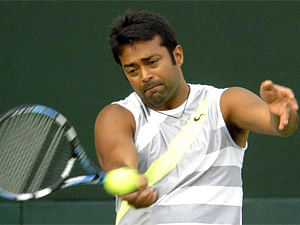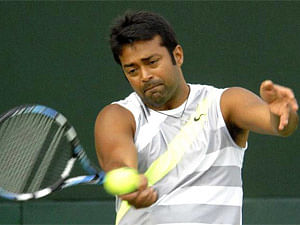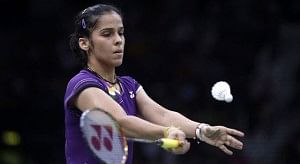
Switching over to badminton
I’ve been following tennis for over two decades now; hoping all the time that an Indian would come along and take the sport by storm. Leaving aside the doubles, there have been flashes of brilliance by Indians in the singles game since the time I have been obsessing about the sport. Leander Paes won one ATP singles title, beat Pete Sampras on one occasion and peaked out at No. 73 in the rankings. For a while, Sania Mirza turned the nation on its head with her short skirts and her big forehand – changing forever the stereotype of the Indian sportswoman. She peaked at No. 27 in the rankings, and Somdev Devvarman showed us just how far hard work can take you – turning his counter-punching game into top 70 material.
Like the eternal optimist, I’m still holding out for that one Indian to win a Grand Slam singles title. I see hope in 20-year-old Yuki Bhambri, currently ranked in the top 200, and in one of the many teenagers on the women’s circuit who are taking baby steps into the world of professional tennis. But watching the Olympics this week makes me wonder if I’ve been following the wrong racket sport all this time.
While our tennis players turned the Olympic selection into prime-time political drama, India’s badminton players have been going about their business quietly – making inroads into the sport, much deeper than their tennis counterparts. And while watching the shuttlers compete this week, I found myself constantly comparing the two sports.
I know the basic rules of badminton.. I’ve even played it a few times. But obviously, the finer nuances of the sport escape me. The boxes for instance. They seem to be too many and I’m not sure which one comes into play when. Why players would choose to float back a high-flight shuttle instead of smashing it (equivalent to hitting a lob back when you have the chance to hit an overhead in tennis) is something else I still need to figure out.
Badminton is played on a much smaller court compared to tennis but the players seem to use it more creatively than their tennis counterparts. Some of the rallies I’ve seen would make Federer-Nadal baseline exchanges seem commonplace. For someone used to metronomics of tennis, watching players hit drop shot after drop shot after drop shot after drop shot is fascinating. As is the way the shuttlers turn offence into defense – faster than Novak Djokovic could ever manage on a tennis court.
The shuttlers’ reflexes are lightning quick, leaving me yearning for similar volley exchanges across the tennis net. The players manage to retrieve shots by diving, going down on all four limbs and coming back into position to continue a rally several times in a match, making Becker’s occasional diving volleys seem just about ordinary.
Another observation from badminton is that the serve is not a weapon, at least not that I could tell. The serve seems like just a way to start the point and in all the matches that I saw this week, I did not see one single serve going into the net. It’s not a weakness either. I remember seeing only one clean return of serve winner this week. (Disclaimer here – I haven’t watched all the matches, just some mostly involving the Indians). I think tennis could benefit if they found a way to neutralize the advantage that a John Isner has.
Some other random observations – the men and the women both play best of three sets, needing 21 points to win a set. So there is no scope of an equal prize money controversy here. The players don’t towel off after every point – probably only 3 or 4 times in a set. And the players are careful to trickle off any sweat outside the boundaries of the court.
A quick peak at the world badminton rankings left me surprised to find out that our national players are making quite an impression on the badminton world stage.
22-year-old Saina Nehwal has managed to break the Chinese stranglehold atop the women’s game, currently ranked No. 5 in the world. Sania is into the semifinals where she will play world No. 1 Yihan Wang today. Saina is the only non-Chinese player in the semifinals in London. A win in either of her next two matches will assure her of a medal. Besides Saina, there are 3 more women who are ranked inside badminton’s top 100. The most promising of those, I believe, is 17-year-old PV Sindhu, who is already ranked 26th in the world.
Among the men, 21st ranked P.Kashyap has surpassed expectations by becoming the first Indian male player to reach the quarterfinals in the Olympics. Kashyap went down to world No. 2 Lee Chong Wei in a tight match last evening. For the first set, Kashyap matched Wei shuttle-to-shuttle going down 19-21 before Wei upped the ante in the second to win it more comfortably.
I’m not sure if my interest in badminton will last beyond the London Games, but until we get close to a top 10 caliber Indian player in tennis, I’m thankful I have the opportunity to dream vicariously through the exploits of Saina and company.